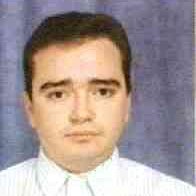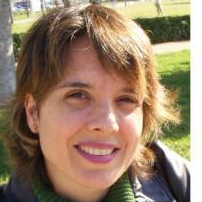Sound Processing in Real-Life Environments
A special issue of Electronics (ISSN 2079-9292). This special issue belongs to the section "Circuit and Signal Processing".
Deadline for manuscript submissions: closed (1 May 2022) | Viewed by 8514
Special Issue Editors
Interests: statistical signal processing; acoustic; speech; radar
Interests: pattern recognition; signal processing; audio and speech processing; emotion recognition
Interests: audio signal processing; array techniques for speech enhancement
Special Issue Information
Dear Colleagues,
Sound processing has aroused interest in recent times with the appearance of applications in real life—both domestic and industrial. In this sense, applications have been developed for acoustic monitoring in smart cities and for indoor surveillance. Sound processing has also been applied to industry, providing key information to detect problems in certain systems. Other applications of interest, such as those related to the development of digital hearing aids, musical applications, automatic wildlife monitoring, or biomedical applications, are also important in this area.In all cases, tasks like sound event detection, sound sources location, and acoustic environments classification, among others, must be carried out. When working with real signals, the algorithms must deal with problems such as background noise, reverberation, interference, obstacles, and attenuation with distance, which affect the final operation of the developed application. Additionally, some applications have to be tackled with time-variant environments.This Special Issue focuses on developing sound signal processing algorithms for real-life applications, such as those mentioned above.
Prof. Dr. Manuel Rosa Zurera
Prof. Dr. Roberto Gil Pita
Prof. Dr. Manuel Utrilla Manso
Prof. Dr. Maria de Diego Antón
Guest Editors
Manuscript Submission Information
Manuscripts should be submitted online at www.mdpi.com by registering and logging in to this website. Once you are registered, click here to go to the submission form. Manuscripts can be submitted until the deadline. All submissions that pass pre-check are peer-reviewed. Accepted papers will be published continuously in the journal (as soon as accepted) and will be listed together on the special issue website. Research articles, review articles as well as short communications are invited. For planned papers, a title and short abstract (about 100 words) can be sent to the Editorial Office for announcement on this website.
Submitted manuscripts should not have been published previously, nor be under consideration for publication elsewhere (except conference proceedings papers). All manuscripts are thoroughly refereed through a single-blind peer-review process. A guide for authors and other relevant information for submission of manuscripts is available on the Instructions for Authors page. Electronics is an international peer-reviewed open access semimonthly journal published by MDPI.
Please visit the Instructions for Authors page before submitting a manuscript. The Article Processing Charge (APC) for publication in this open access journal is 2400 CHF (Swiss Francs). Submitted papers should be well formatted and use good English. Authors may use MDPI's English editing service prior to publication or during author revisions.
Keywords
- Machine learning for real-life sound applications
- Sound enhancement for real-life applications
- Acoustic environment classification
- Time-variant acoustic environments
- Microphone array development for sound detection, localization, and tracking
- Emerging sound applications in industrial environments
- Sound processing in smart cities and smart buildings
- Biomedical sound applications
- Wildlife acoustic monitoring
- Sound processing for acoustic surveillance and security








